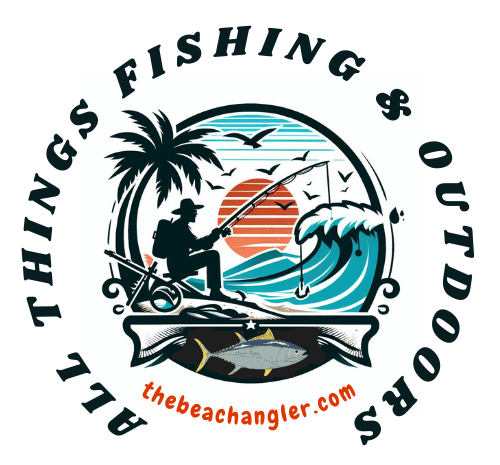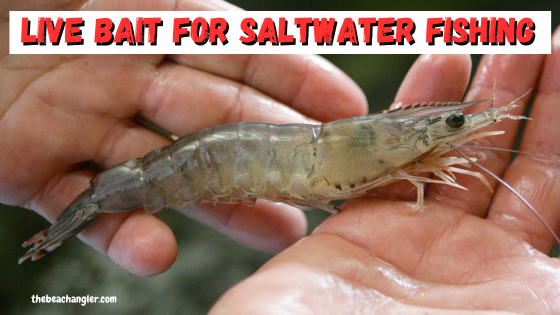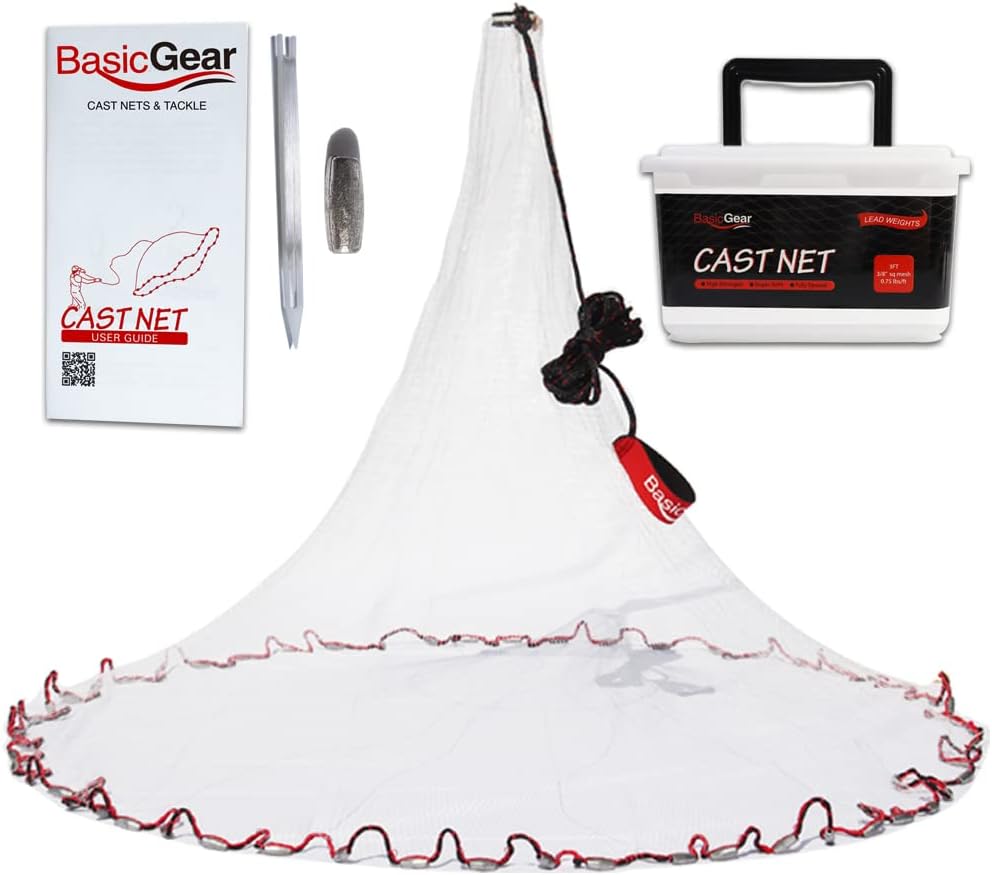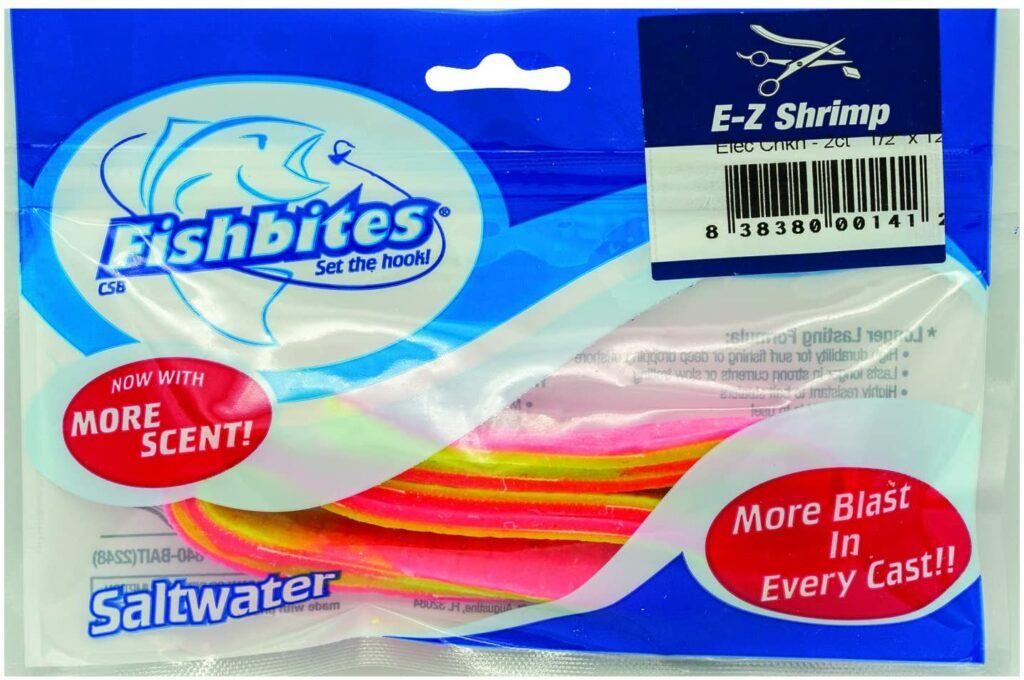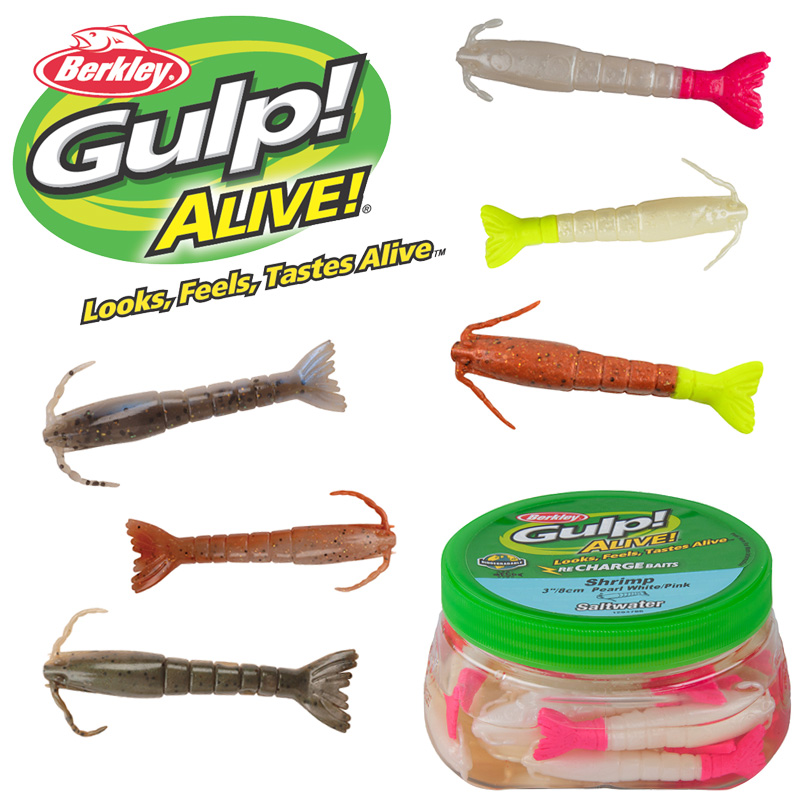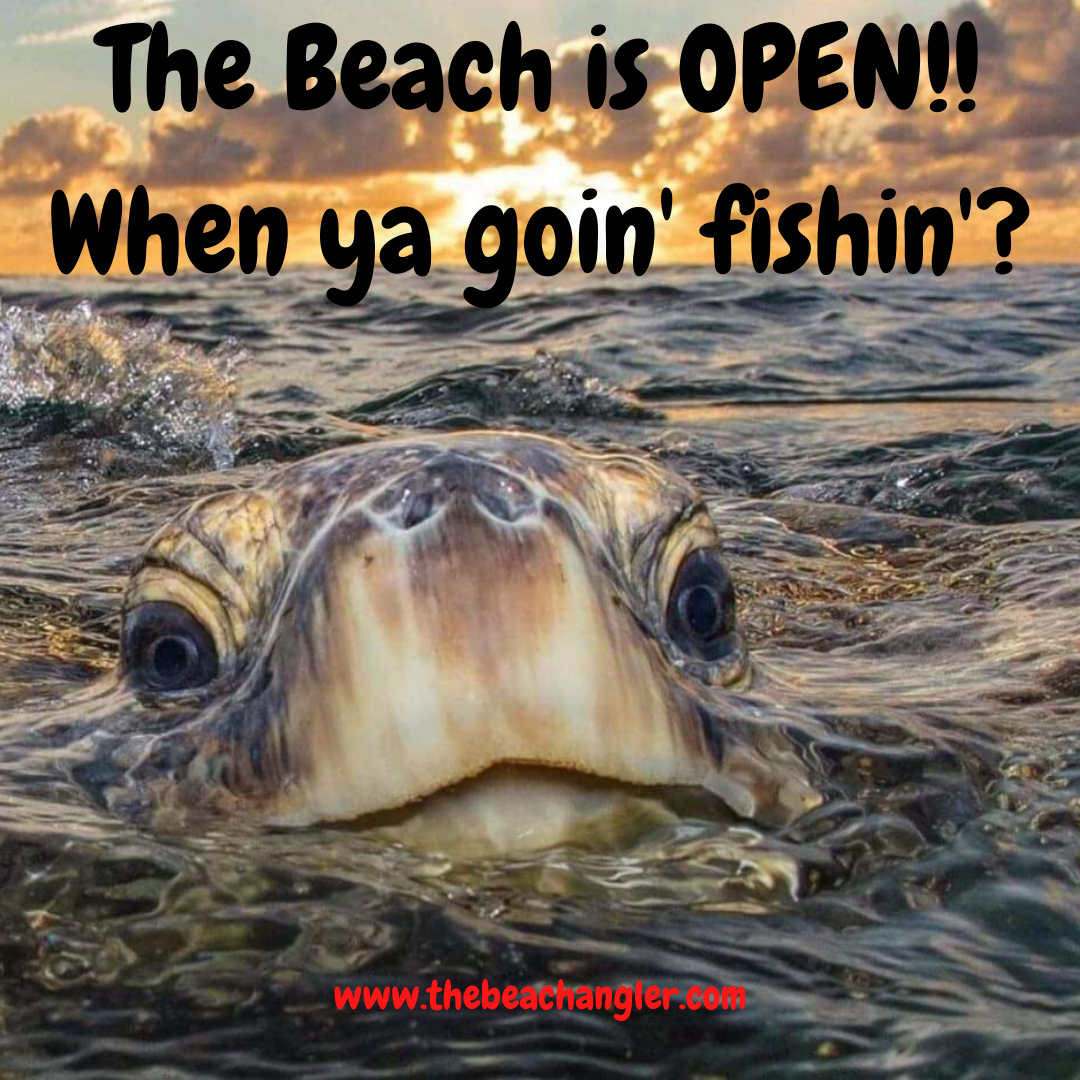Using live bait for saltwater fishing, and any fishing for that matter is a tried-and-true method steeped in tradition. Ask any seasoned angler and they’ll confirm that the use of live bait can often tip the scales in their favor. From enticing finicky game fish to providing the ultimate match the hatch natural presentation, live bait has its own unique set of advantages.
QUICK LOOK
Live bait has been catching fish as long as man has been fishing. If you can find what the fish are feeding on and then offer a live specimen on your rig, you are most likely in for a fight. Live bait is easier to fish with, catches more fish usually and you can often catch your own. It does have some drawbacks, however. It is not always available. It takes extra equipment and care to keep alive. And, it can be expensive. But, live bait for saltwater fishing is a proven and successful method of putting fish in the box.
Whether I’m casting out from the beach or trolling offshore waters, my experiences with live bait are varied and many. I’ve done it all, from drowning red worms for bluegill to trolling big Bonita for Marlin and everything in between. I’ve seen beginners excited by the action it brings as well as seasoned pros rely on its effectiveness to catch fish when nothing else seems to be working.
Follow along as we take a balanced look at both the advantages and disadvantages of using live bait in saltwater fishing situations. We’ll also include answers to the most searched questions about using live bait, recommendations for common baits, and comparisons to alternatives like artificial lures and synthetic baits. So, let’s explore the methods and madness of using live bait for saltwater fishing.
The Allure of Live Bait: Give the Fish What They Want
There’s a reason why experienced anglers often have a baitwell sloshing with live critters on their boats. The advantages of using live bait in saltwater fishing are numerous, and I’m here to share why many consider it a secret weapon. The action and the scent of a squirming morsel of live bait can be irresistible to predatory fish. This action and aroma is not easy to replicate with artificial lures, making live bait a go-to choice for many.
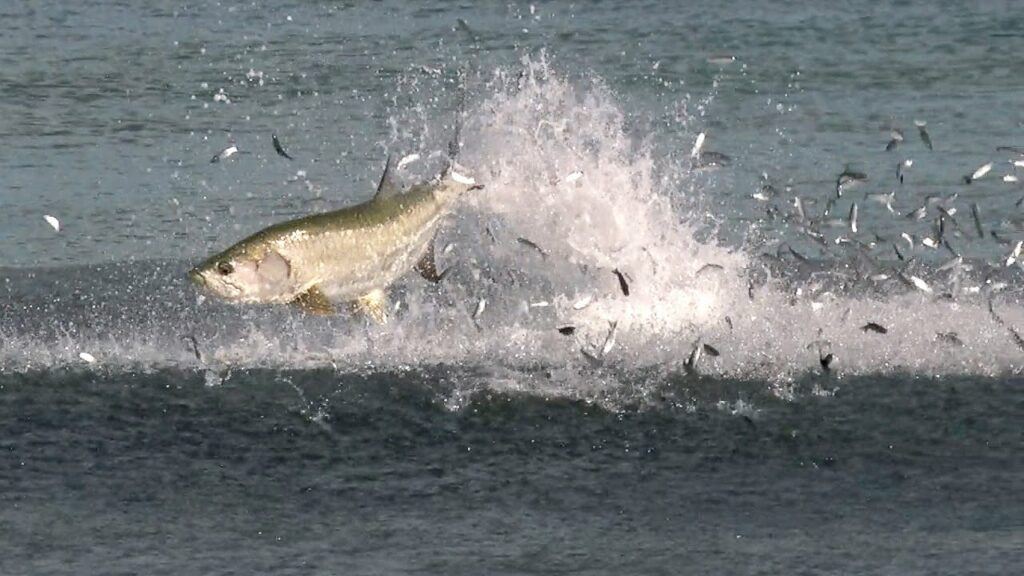
One distinct advantage of live bait is generally a higher catch rate. You might have experienced this yourself: presenting a baitfish that flicks and darts when placed on your hook often yields quicker and more aggressive strikes. Predators in a saltwater environment have evolved to react to these lively motions and scents, and live bait taps directly into these predatory instincts. Whether you’re aiming for a record-breaking marlin or the notoriously choosy bonefish, live bait can significantly increase your chances of success.
In addition to their innate ability to attract fish, live baits are incredibly versatile. They can adapt to a variety of saltwater conditions – whether you’re fishing inshore flats, nearshore reefs, or deep-sea waters. Unlike artificial lures that might only work in certain situations or require specific techniques, live bait simply does what it does naturally, with minimal action from the angler. So, regardless of the saltwater scenario, a well-chosen live bait can be a great choice and, help you catch fish.
The Challenges of Live Bait: Finding it and Keeping it Alive
While live bait can be remarkably effective, I recognize it’s not without its drawbacks. Handling live bait presents various challenges, from the basics of availability, cost, and, storage.
Keeping Live Bait Alive
First, there’s the issue of maintaining a suitable miniature ecosystem in your bucket or baitwell. Anglers need to ensure that the bait stays alive and vigorous, requiring oxygenation, appropriate water temperatures, and regular water changes.
This level of maintenance requires time and effort, which might not be practical for every fishing enthusiast. There are boats with bait wells, bait buckets you can keep in the water, and even high-tech oxygenation systems to keep your live bait healthy and active.
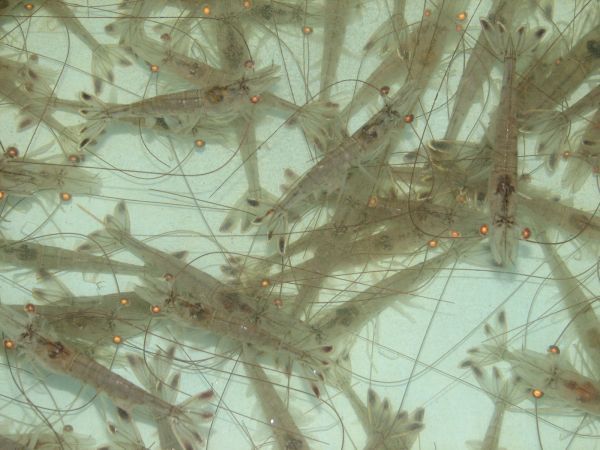
Availability of Live Bait
The live bait industry can strain local ecosystems if bait species are overharvested. It’s crucial to source live bait from responsible vendors who follow sustainable practices. However, not every angler has access to such sources.
Sometimes, due to weather or demand, you may find that live bait is simply unavailable. If you have access to a castnet or seine perhaps you can catch your own. But, even then, there are certain times when live bait is just not available.
Then there’s the unpredictable side of fishing with live bait. Sometimes, despite your best efforts, fish aren’t biting your carefully chosen and painstakingly maintained bait. Conditions change, fish can be finicky, and some days they prefer an artificial lure’s consistency and predictability over the real thing. Yes, it does happen. I’ve seen it firsthand where artificials outperform even live bait.
Now, before we get into the specifics of some of the more common live baits, it’s important to emphasize that success in fishing often comes down to adaptability. Experiment with different live baits to find what the fish prefer.
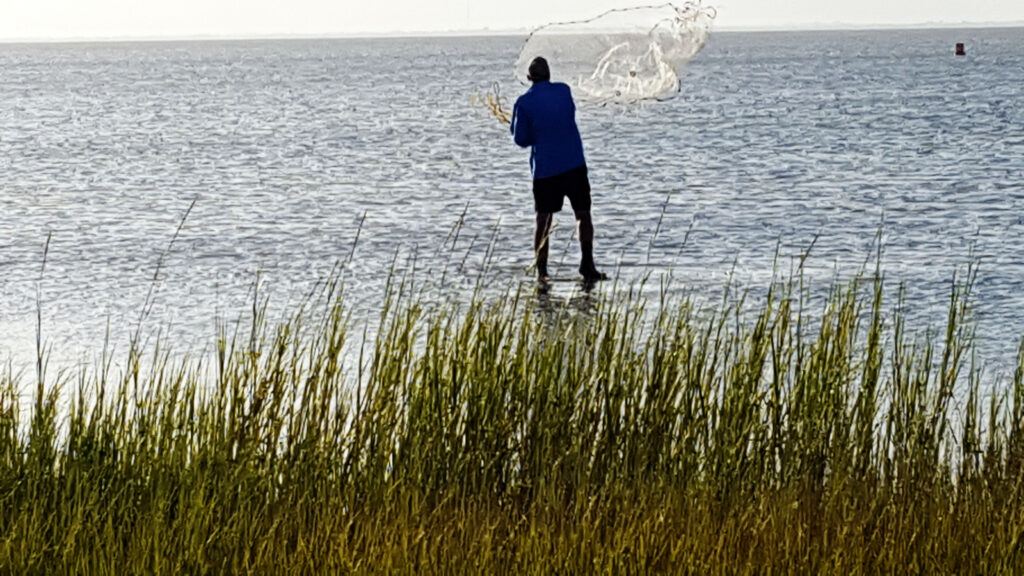
And, check with the local fisherman and bait shops for the latest intel on what is working. Knowing the most appealing bait for your target is invaluable. A local bait shop can be a treasure trove of up-to-the-minute advice on what’s working.
Common Saltwater Live Baits: A Dive into the Popular Choices
Successful saltwater fishing often requires bait that mimics the natural food sources of the target species. No matter where you are in the world there are fish, fishing, and live bait being used to catch fish. Let’s take a look at some common live baits that are regularly used for saltwater fishing in the US.
Shrimp: Shrimp are the workhorses of live baits. Almost everything in the ocean eats shrimp, making them a universal choice. You want to hook them either just above the tail or under the horn on their head for the best presentation and to keep them alive.
Mullet: Another popular and effective saltwater live bait is mullet. They have a reputation for their hardiness and are a top pick for larger game fish like tarpon, red drum, or snook. Hooking them through the lips or the back keeps them lively and enticing. They are fairly easy to catch with a cast net with a little patience and practice.
Croaker: Ah yes, the croaker soakers. Juvenile croaker are deadly when it comes to catching speckled trout.
So deadly that some are calling for them to be banned for use as bait. But I’ll leave that for the guides and Fish & Game biologists to argue about.
The fact is they are extremely effective as live bait. Now, they are less hardy and take more care to keep alive than say mullet. And, they are more expensive than other live bait choices.
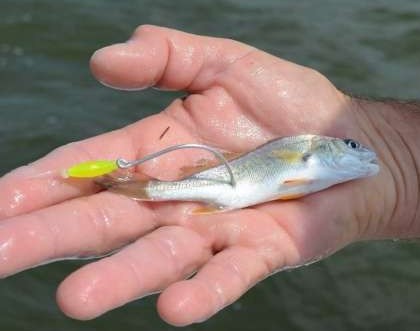
Shad, Pogies, or Menhaden: Probably one of the most abundant and prolific bait fish is the family of shad, pogies, or menhaden. A prime forage species for everything from catfish to whales, shad can be another good option for saltwater live bait. However, they are in my experience, the hardest to keep alive. Just look at them wrong and they die it seems.
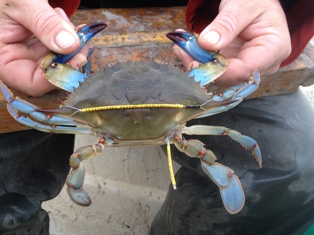
Crabs: Crabs, particularly when fishing for species like red drum, black drum, or sheepshead, provide a substantial part of their diet and are hard for them to resist.
Blue crabs, mole crabs, mud crabs, and hermit crabs all make great live baits. You can find crabs at your local bait shop or you can catch your own. Take the kids crabbing, it’s a great way to get them involved in the sport of fishing.
This list of course is not exclusive. The best live bait for saltwater fishing will depend on what you are fishing for and where you will be fishing. Each type of live bait requires specific handling to stay lively. Don’t forget to check your local regulations for what is allowable to use as live bait. Or, if live bait is even allowed at all.
Live Bait vs. Alternatives: What Else Will Work?
When you’re gearing up for a day out on the saltwater, the bait you choose is as crucial as the rod you wield. A constant debate among anglers is the preference for live bait over artificial lures or synthetic baits.
I’ve seen strong cases for each and personal choices often come into play, but I’m here to take an objective look at the facts. Some purists only want to fish with artificials and get a kick out of fooling fish with imitations and that’s great. Then some just want to catch fish regardless of what they are being caught on and I can relate.
Live Bait Versus Artificial Lures
Let’s first pit live bait against artificial lures. There’s no denying that the live stuff often outperforms its lifeless counterparts. The natural movement, smell, and even the stress signals from live bait can be irresistible to predatory fish.
Yet, artificial lures are not without their merits. They come in an endless variety of forms, can be more cost-effective in the long run, and lend themselves to precision in mimicry that can sometimes fool even the wiliest of fish.
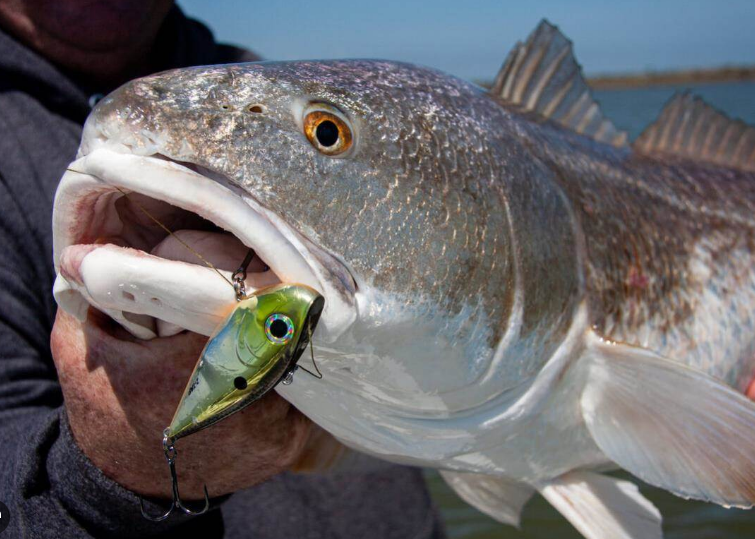
The skill of selecting and using artificial lures can also be incredibly rewarding. There are times when live bait is just not available so artificials may be your only option. And, you don’t need to worry about keeping artificials alive.
Live Bait Versus Synthetic Baits
On the days when live bait isn’t available or practical, synthetic baits such as Fishbites, Berkley Gulp, and FishGum present a compelling alternative. I’ve seen Fishbites work wonders with their scent release technology, especially for species like redfish or pompano.
FishGum, newer on the market, claims a similar effectiveness and positive feedback from the community is growing. Synthetics offer the advantage of being ready when I am, shelf-stable, and generally less messy than their wriggling counterparts.
When live bait is unavailable, or even when it is but the bait stealers are thick, synthetic baits like Fishbites will stay on your hook longer and catch fish.
Live Bait Versus Dead Bait
But what about dead bait? All of the various live baits we’ve discussed can be used as dead bait. And, they will catch fish. But you will have to deal with more “undesirable” species and bait stealers with dead bait.
Dead bait is much easier to store and keep since you’re not worried about trying to keep it alive. But, if the fish are feeding on live baits, the dead version will not catch as many fish as the live version. When live bait is unavailable, dead baits usually still are and may be your only choice in those cases.
What Do the Pros Say
So what do the experts say? Many guides and experienced saltwater anglers endorse live bait as the go-to for its proven track record, particularly when targeting cautious feeders. Still, during tournaments or in regions where live bait species are less accessible, many professional anglers switch to artificial or synthetic options and still have success.
Choosing the right bait ultimately comes down to the target species, the conditions, and one’s own experience and preference. It could be a day when live bait reigns supreme, or when an artificial creation steals the show. What is consistent is the adaptability required to switch it up based on the environment and the feeding habits of the fish.
Pros and Cons of Using Live Bait for Saltwater Fishing
The following are some of the Pros of using live bait for saltwater fishing:
| Pros of Live Bait | Description |
|---|---|
| Natural Presentation: | Live bait mimics the natural movement and appearance of prey, making it enticing to predatory fish. |
| Versatility: | Live bait can attract a wide variety of saltwater species, making it versatile for different fishing scenarios. |
| Increased Strikes: | Predatory fish are often more likely to strike at live bait compared to artificial lures, as they closely resemble their natural food. |
| Effective for All Skill Levels: | Live bait can be effective for both novice and experienced anglers, requiring less skill in terms of presentation. |
| Suitable for Multiple Techniques: | Live bait can be used for various fishing techniques, including trolling, bottom fishing, and drift fishing. |
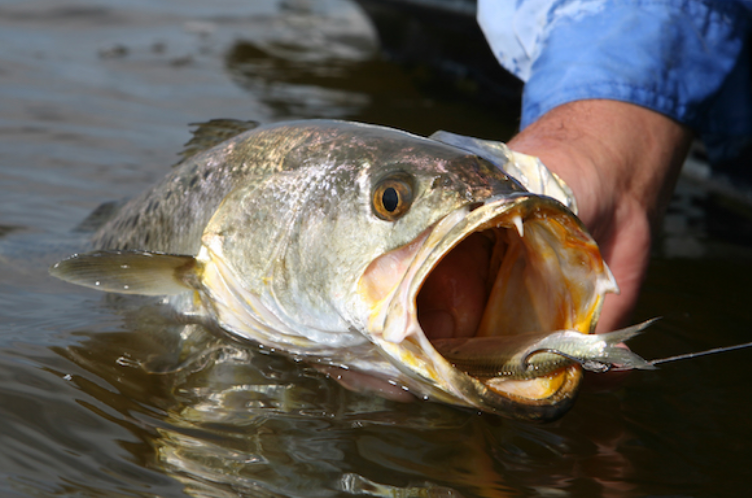
Of course, there are Cons to using live bait for saltwater fishing as well:
| Cons of Live Bait | Description |
|---|---|
| Availability and Cost: | Live bait may not always be readily available, and it can be more expensive than artificial lures. |
| Requires Maintenance: | Keeping live bait alive requires proper care, including aeration, temperature control, and regular water changes. |
| Limited Shelf Life: | Live bait has a limited shelf life, and unused bait may not be reusable for the next fishing trip. |
| Ethical Concerns: | Some anglers raise ethical concerns about using live bait, as it involves using live organisms as lures. |
| Regulatory Restrictions: | Certain areas may have regulations regarding the use of live bait, such as size and species restrictions. |
| Skill Development: | Reliance on live bait may limit opportunities for anglers to develop the skills associated with using artificial lures. |
Keep in mind that the effectiveness of live bait can vary depending on the species of fish, fishing conditions, and personal preferences. It’s always a good idea to consider both live bait and artificial lures based on the specific fishing situation.
Live Bait for Saltwater Fishing Frequently Asked Questions

What are the best live baits for saltwater fishing?
Common live baits include shrimp, mullet, pilchards, pinfish, crabs and menhaden.
How do I rig live bait for saltwater fishing?
Use a suitable hook size, insert it through the baitfish’s nose or back, and ensure it swims naturally.
What is the best rig for live bait in saltwater?
Popular rigs include the fish-finder rig, Carolina rig, popping cork rig, and free-lining depending on the target species and conditions.
How do I keep live bait alive in a baitwell?
Maintain proper aeration, water temperature, and water quality in the baitwell. Avoid overcrowding.
Can I catch my own live bait for saltwater fishing?
Yes, using a cast net, seine, or bait trap is a common method for catching live bait.
What is the best time of day for using live bait in saltwater?
Dawn and dusk are often productive, but it depends on the species. Some may bite better during high tide.
How do I choose the right size of live bait for the fish I’m targeting?
Match the size of the baitfish to the size of the target species. Larger fish may prefer larger baits. And, check with local anglers and bait shops for the latest intel on what baits are working the best.
Are there regulations for using live bait in saltwater fishing?
You should always check local fishing regulations for any restrictions on the type and size of live bait you can use if any at all.
Live Bait for Saltwater Fishing: Final Analysis
We’ve explored the ins and outs of using live bait in saltwater fishing, covering its advantages and addressing its disadvantages. We have also compared live bait with artificials and synthetics like Fishbites and FishGum. Understanding these nuances of fish feeding behavior is crucial for making informed decisions about live bait for saltwater fishing.
Live bait comes with its set of challenges, like cost and maintenance. But, it can offer unmatched effectiveness that often leads to more successful catches. The scent, movement, and appearance of live bait are hard to replicate fully, even with the best artificial lures.
Alternatives have their place, providing convenience and sometimes being just as effective as live bait. Artificials and synthetics can be more cost-efficient in the long run and require less hassle to keep them ‘fish-ready’.
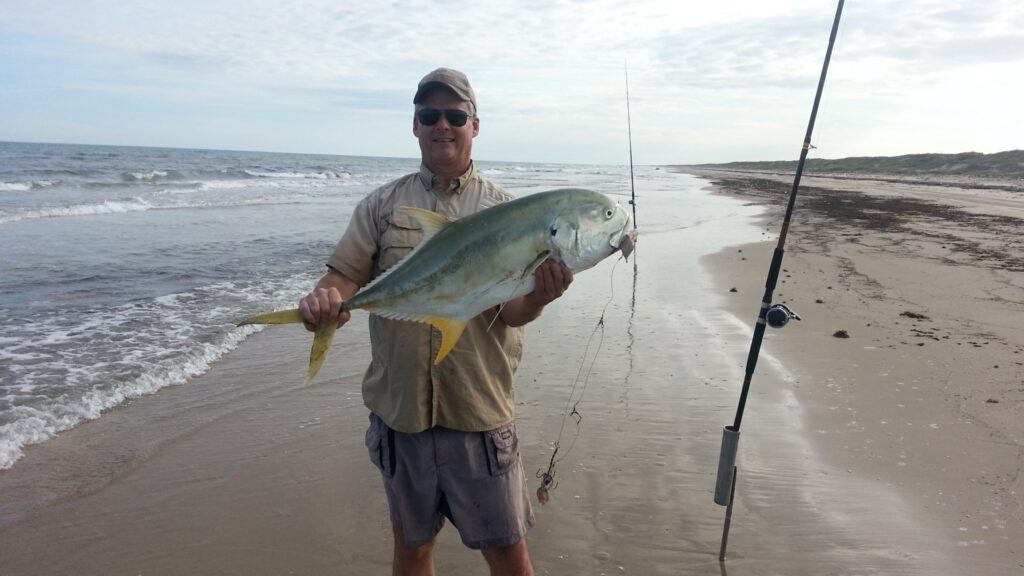
When choosing between live bait and alternatives, consider your budget, fishing style, and what has historically worked for you in catching fish. There’s no one-size-fits-all answer; seasoned anglers often carry both to adapt to changing conditions and fish preferences.
Remember, the key to successful saltwater fishing is not just the type of bait you use, but also how you use it. Knowledge, experience, and patience often make the biggest difference. So whether you choose live bait or an alternative, focus on honing your techniques and understanding the fish you’re targeting.
Whichever route you take, spending time on the water and the thrill of the catch is what fishing is all about. Stay versatile, respect the ocean, and enjoy every moment out on the saltwater.
As always, stay safe, enjoy the journey and please try to leave it cleaner than you found it. If you have any comments, questions, ideas, or suggestions please leave them in the comment section below and I’ll get back to you ASAP. You can follow us on Facebook: Rex The Beach Angler, Instagram: thebeachangler7, Twitter: @AnglerBeach, and YouTube: Man Art Creations.
P.S. – Thanks so much for checking out our blog we really appreciate it. Just so you know, we may receive a commission if you click on some of the links that appear on our site. This helps us keep our content free and up-to-date for everyone. We appreciate your support!
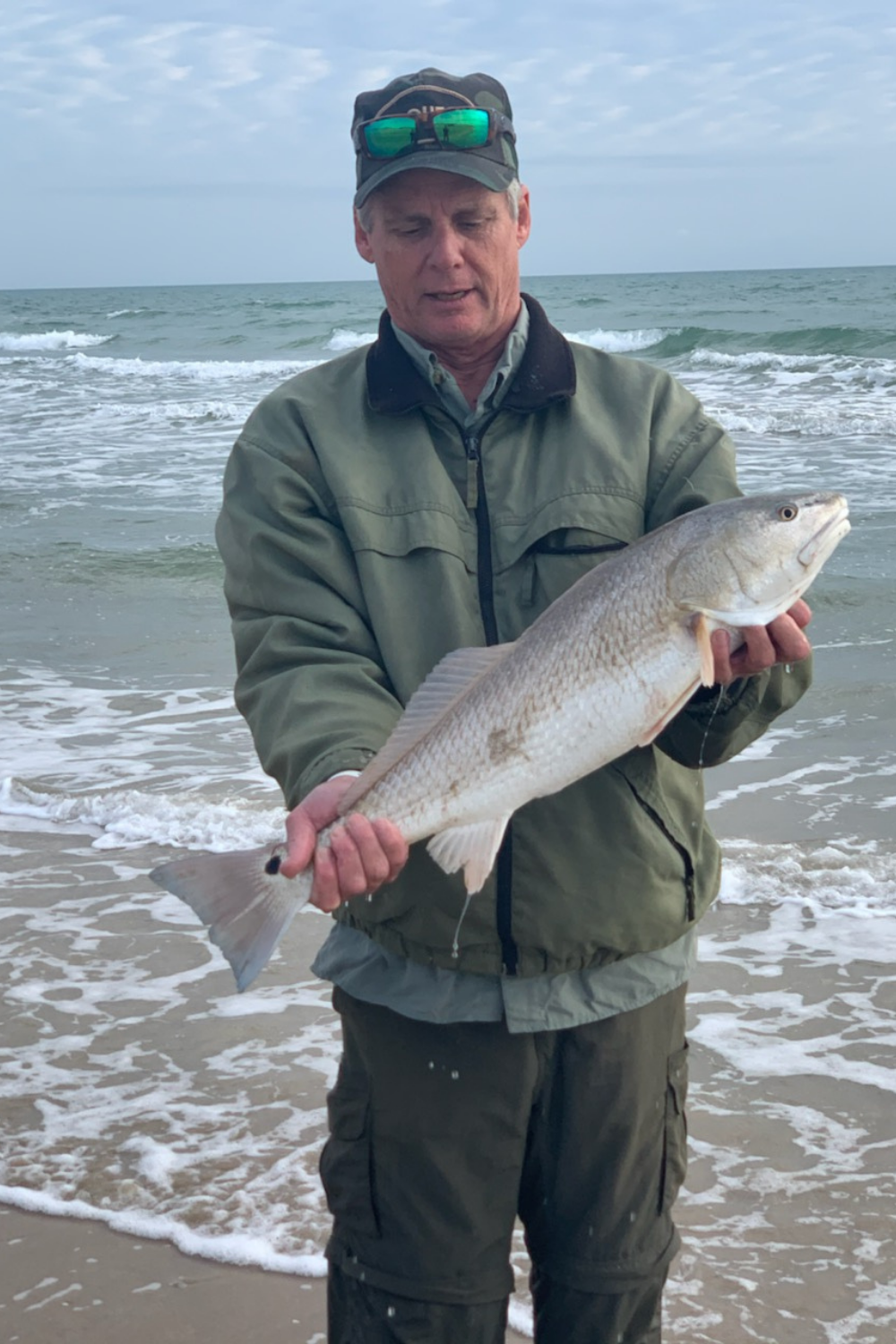
A life long surf fisherman with 50+ years of experience, I am also an avid hunter and outdoorsman. I will be sharing my passion for the outdoors with you so be prepared for hunting, fishing, camping, hiking and more. Along with gear reviews and the latest trends and innovations in the outdoor industry.
